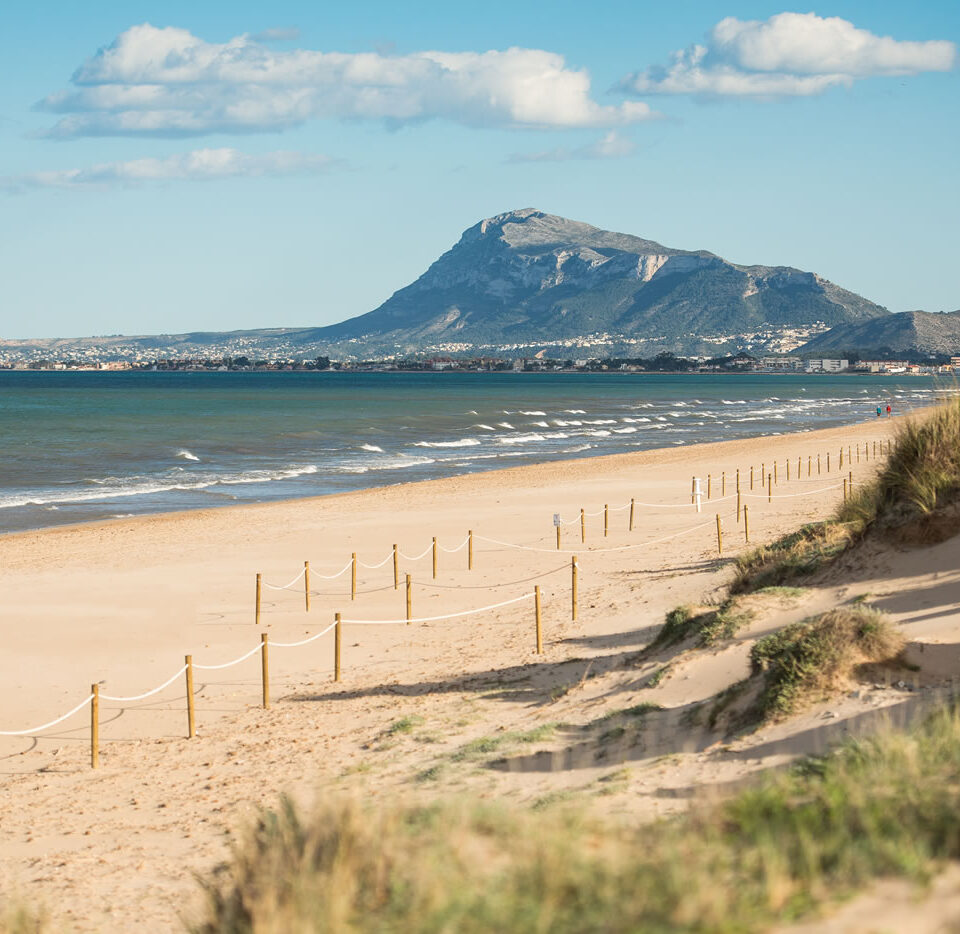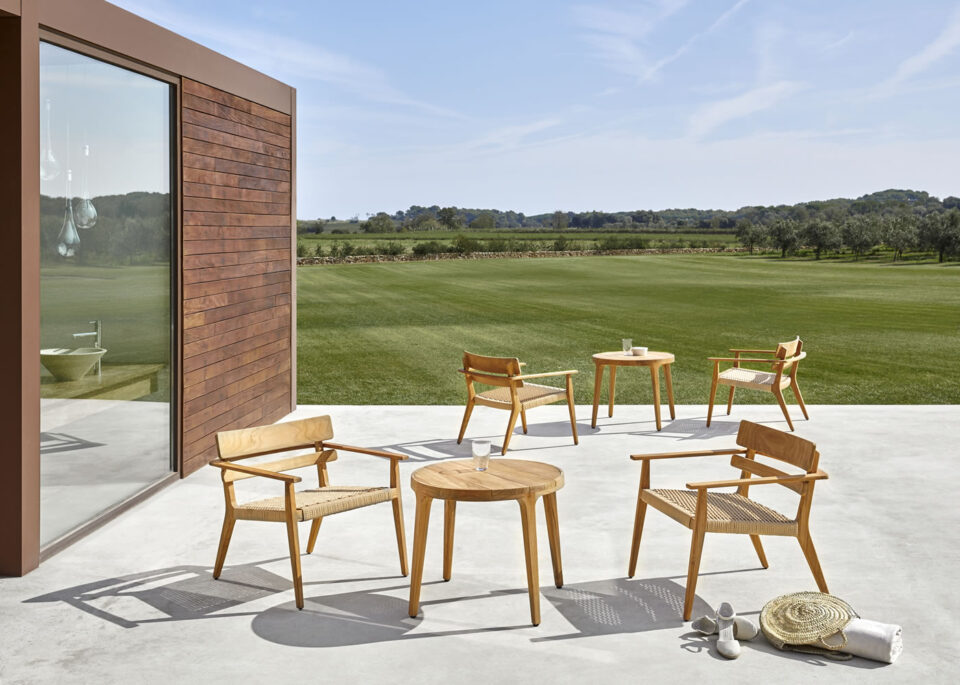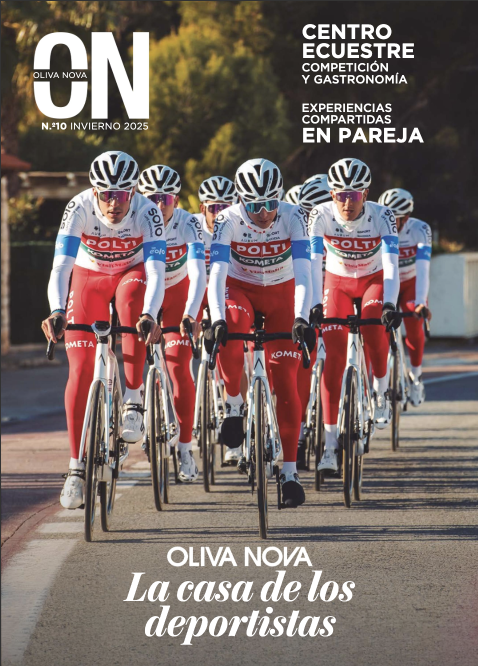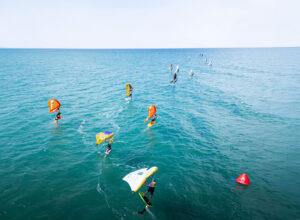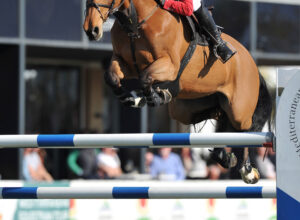Witness to history, literature and the daily life of the inhabitants who inhabit and contemplate it.
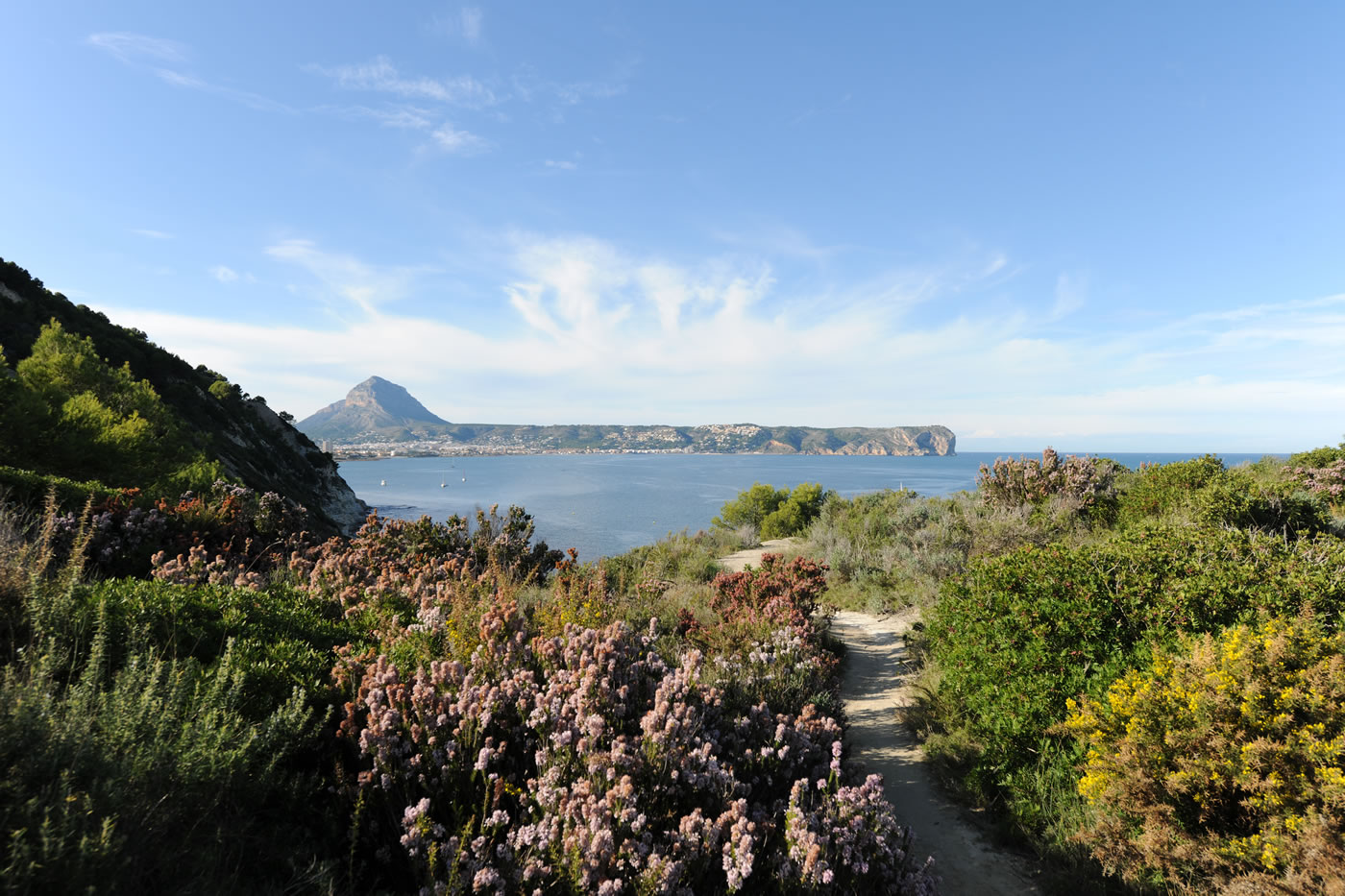
Geography demonstrates that the Montgó is a visual referent from the beaches and mountains that surround Valencia, as well as from the rocky spur that watches over the mouth of the river Xúquer, and from the orchards and beaches of La Safor. This is particularly true from the beaches of Oliva Nova and its resort.
Furthermore, the Montgó has been and is light – a perennial and eternal sign for those who sail between the Balearic Islands and Valencian coasts. In fact, Madīna Dāniya (Dénia) was in the 11th century a Taifa state that annexed these islands, as well as an essential port in the Mediterranean – a seaport in the shadow of the Montgó.
In the same way, the Montgó has been present in literature for centuries. For instance, the poem Fiestas de Denia (1599) by Lope de Vega mentions the episode of King Philip III’s deer hunting on the Montgó, or the boat trip with the golden galley of the Duke of Lerma, the King and his entourage, to the Cova Tallada, which is no other than a part of the entrails of the Montgó, open to the sea. Also, it is mentioned at the beginning of the 20th century, the story of Narciso del Prado, also known as Paulina Ibarra Blasco, in her work ‘Costas y paisajes de la Marina de Alicante’ (Coasts and Landscapes of the Marina of Alicante, 1918).
Another example is the peculiar description of the fields ‘campussos’ of the Montgó offered by Juan Chabás Martí, in his works ‘Sin velas desvelada’ (Without sails and sleepless, 1927) or in ‘Fábula y vida’ (Fable and life) (1955), with texts compiled while he was in exile in Cuba. Or the picturesque, ethnographically charged, everyday stories of vineyards and raisins, which María Ibars offers us in her publications ‘A l’ombra del Montgó: vides planes’ (Under the shade of Montgó – plain lifes, 1960) and ‘L’últim serf’ (The last servant, 1965).
An essential view of Montgó is the one given to us by Francisco Brines, written in Elca and from Elca. It is the poem ‘Elca y Montgó’, in which he describes and immortalises a sunset with the mountain in the background, among orange trees dimmed by the light.
There is no need to repeat the truthful and indisputable fact of the Montgó being a place of settlements and worship, a melting pot of cultures and civilizations, from Prehistoric times and Classical Antiquity, a place of ribat or frontier in Al-Andalus, and with seven hermitages bordering its foothills. Its heritage is summarized by Palaeolithic settlements, testimonies of burial sites and early Neolithic art, Iberian oppida or fortified settlements, Roman cave epigraphs and hermitages of ancestral Christian worship.
However, it is essential to value the power of the dry-stone architecture and, specially, the systems of retaining walls and cultivation terraces, the toponymy and, also, the obvious aggressions to this very special landscape, now called Intangible Heritage of Humanity, although it has been submerged in oblivion and compulsive disappearance. The Montgó offers a wealth of ethnological testimonies, reflections of traditional daily lives and of the old economies of vineyards, raisins, wine and almond trees, which created an atmosphere of survival and, at certain times, of business and commerce.
Nevertheless, the great rock that has been and is now witness to this requiem by the embers of what was for millennia the reflection of a lasting pact with nature will always remain mute and absent.
An essential view of Montgó is the one given to us by Francisco Brines, written in Elca and from Elca. It is the poem ‘Elca and Montgó’.
